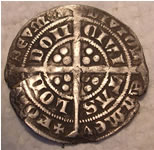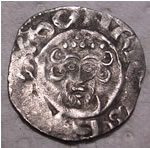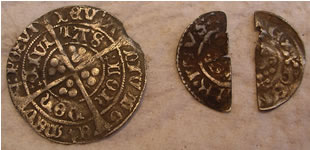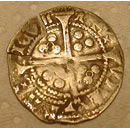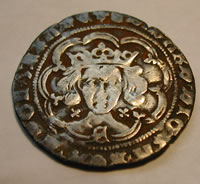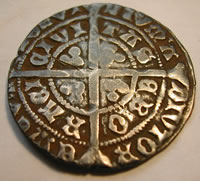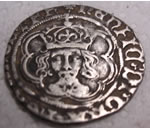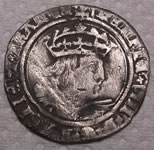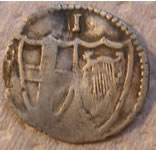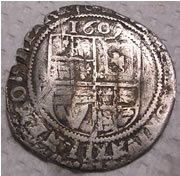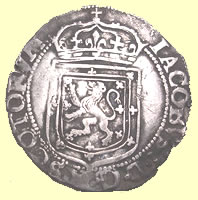

Metal detecting holidays in England with the World's most successful metal detecting club.20 years plus.
Twinned with Midwest Historical Research Society USA.
HAMMERED GOLD and SILVER COIN INDEX |
|
|
Hammered
coin history
The
withdrawal of Roman forces from Britain signalled the change to Anglo-Saxon
Britain. The collapse of administration resulted in the deterioration
of money. Coins were copied from obsolete Roman coinage and later made
in Anglo-Saxon style. Gold coinage became increasingly debased and by
the mid 650's silver coinage took over. Around
1106-7 the standard of coinage deterioriated and many genuine coins
were being cut to see if they were plated counterfeits. This continued
until the 'Great Re-coinage' of Edward I, 1279. Interestingly, Edward
I Pennies were legal tender up until 1698, some 425 years after first
being introduced. By 1663, the ancient hand hammering process was finally superseded by machinery made by Peter Blondeau who initiated the first portrait coins of Oliver Cromwell in 1656. |
|
|
|
 |
|
Norman and Plantagenet Kings, 1066-1377
|
|
|
Houses of Lancaster and York, 1377-1485
|
|
|
Tudors 1485 - 1603 Henry VII 1485-1509 (grandson of Henry V, wife's 2nd husband) Henry VIII 1509-1547 (Henry VII's second son) Edward V 1547-1553 (Henry's son by Jane Seymour) Mary 1553 to 1558 (Henry's daughter by Queen Catherine) Elizabeth 1st 1558 - 1603 (Henry's daughter by Anne Boleyn)
|
|
|
House of Stuart, 1603-1714
|
|
|
|
|

